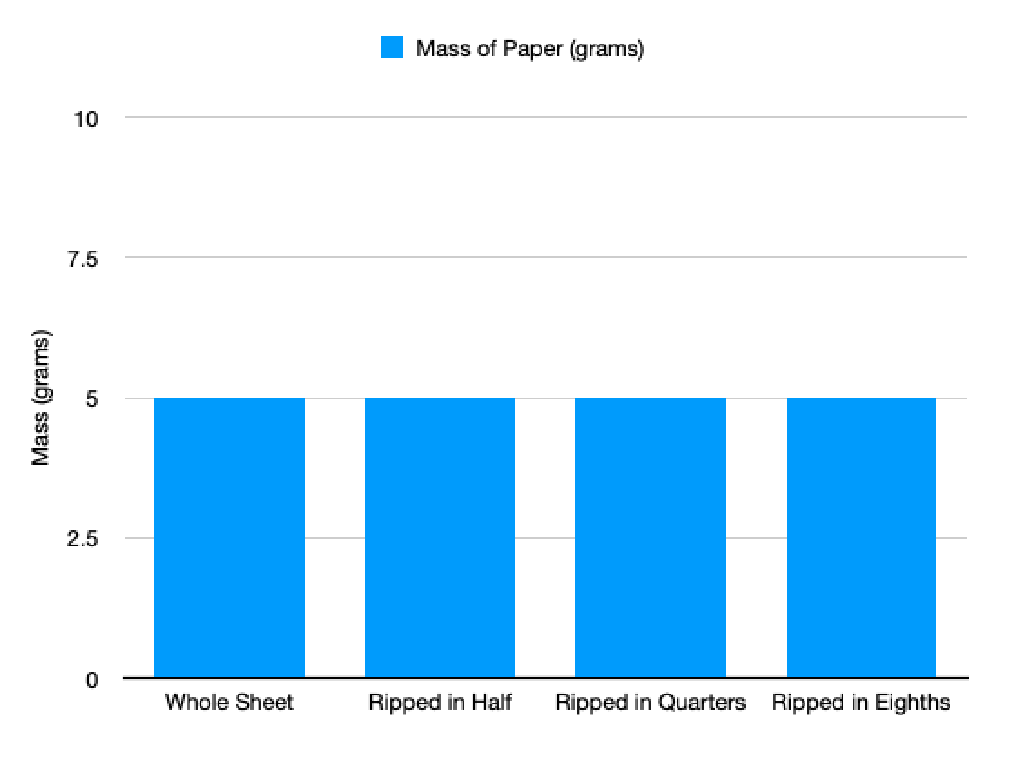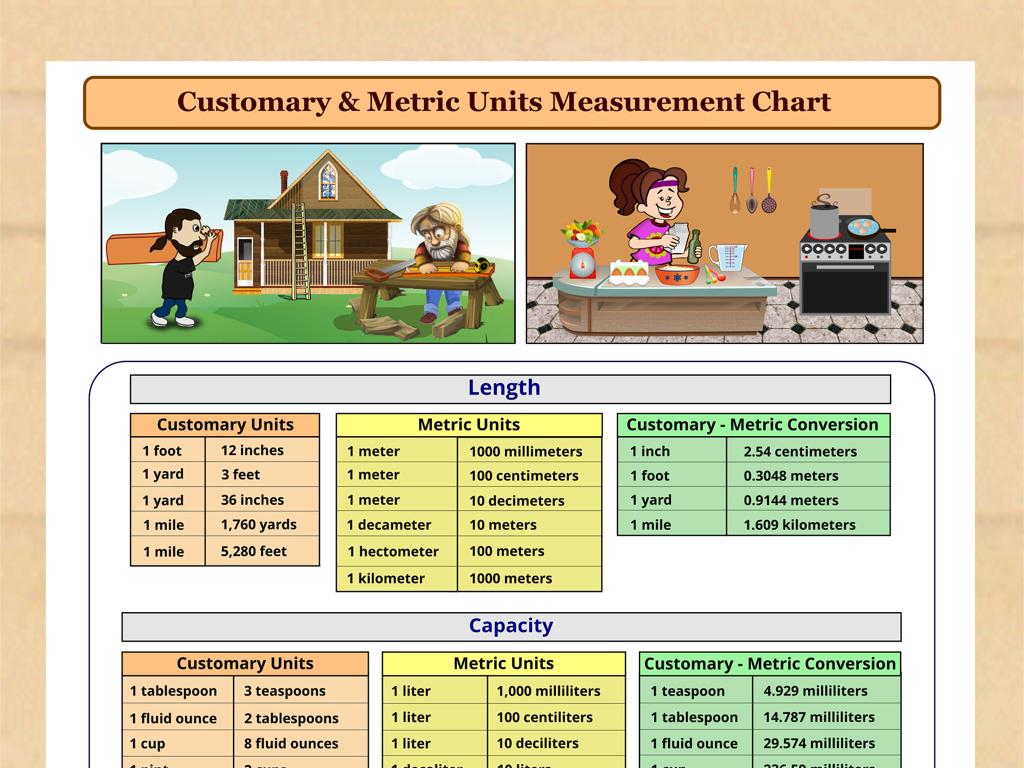Saving And Budgeting
Subject: Life skills
Grade: High school
Topic: Personal Finance
Please LOG IN to download the presentation. Access is available to registered users only.
View More Content
Introduction to Personal Finance: Saving and Budgeting
– Importance of personal finance
Understanding finance is key to managing money effectively.
– Role of saving and budgeting
Saving helps secure your future, budgeting ensures you live within means.
– Examples of financial habits
Regular saving, avoiding debt, and tracking expenses are good habits.
– Impact on future goals
Good habits help achieve financial goals like college, a car, or a home.
|
This slide introduces students to the fundamental concepts of personal finance, emphasizing the significance of saving and budgeting as essential skills for financial stability. It’s crucial to convey that personal finance is not just about money management but also about making informed decisions that can positively impact one’s future. Provide real-life examples such as saving a portion of a weekly allowance, creating a budget for a school project, or setting financial goals for larger purchases. This will help students relate the concepts to their lives and understand the long-term benefits of developing good financial habits early on.
The Fundamentals of Saving
– Understanding the concept of saving
– Saving means setting aside money for future use, ensuring financial security.
– Saving vs. spending
– Spending is using money for purchases; saving is reserving money for long-term goals.
– Compound interest and its benefits
– Interest on savings that is reinvested and earns additional interest over time.
– Real-world examples of compound interest
– Consider $100 saved monthly at 5% annual interest, growing significantly over 10 years.
|
This slide introduces students to the concept of saving, highlighting its importance for financial stability and future planning. It’s crucial to differentiate between saving and spending, emphasizing that saving is a deliberate action to secure funds for later use, while spending is the immediate consumption of funds. The concept of compound interest is explained as the interest earned on both the initial principal and the accumulated interest from previous periods. Provide examples, such as saving a fixed amount monthly at a certain interest rate, to illustrate how compound interest can grow savings over time. Encourage students to start saving early to take full advantage of compound interest, reinforcing the idea that even small, regular contributions can lead to substantial savings.
Setting Saving Goals
– Understand short-term vs. long-term goals
– Short-term (vacation, gadget); Long-term (college, car)
– Learn to set SMART saving goals
– SMART: Specific, Measurable, Achievable, Relevant, Time-bound
– Class activity: Personal saving goal
– Importance of saving goals
– Goals give direction to saving habits
|
This slide introduces students to the concept of saving goals and the difference between short-term and long-term objectives. Short-term goals might include saving for a concert ticket or a new phone, while long-term goals could be saving for college tuition or a car. The SMART criteria help students create achievable and focused goals. During the class activity, encourage students to write down one personal saving goal using the SMART framework. This exercise will help them apply what they’ve learned and think critically about their own financial future. As a teacher, be prepared to provide examples and guide students in setting realistic and meaningful saving goals.
Introduction to Budgeting
– Define a budget and its purpose
– A budget is a plan for spending and saving, balancing expenses with income.
– Comprehend income vs. expenses
– Income is money earned, while expenses are what you spend money on.
– Steps to create your first budget
– List income sources, track expenses, set savings goals, and adjust as needed.
– The role of budgeting in financial health
|
This slide introduces students to the concept of budgeting, a fundamental skill in personal finance. A budget is essential for managing money effectively, ensuring that expenses do not exceed income. It’s a proactive approach to financial planning that helps individuals make informed decisions about their spending and saving habits. Students should understand the difference between income (money coming in) and expenses (money going out), and the importance of tracking both. The process of creating a budget involves listing all sources of income, tracking monthly expenses, setting realistic savings goals, and adjusting the budget as circumstances change. Emphasize the importance of budgeting as a tool for maintaining financial health and achieving financial goals. Encourage students to start simple and gradually refine their budgeting skills over time.
Budgeting Methods for Personal Finance
– Envelope System
– Allocate cash for categories in envelopes; spend only what’s in each envelope.
– 50/30/20 Rule
– Allocate 50% needs, 30% wants, 20% savings/debt repayment.
– Zero-Based Budgeting
– Assign every dollar a job, expenses match income, account for every dollar.
|
This slide introduces students to three popular budgeting methods that can help manage personal finances effectively. The Envelope System involves dividing cash into envelopes for different spending categories, which helps to avoid overspending. The 50/30/20 Rule is a simple budgeting framework that divides income into three categories: needs, wants, and savings or debt repayment. Zero-Based Budgeting requires assigning every dollar of income to specific expenses, savings, or debt payments, ensuring there is no unallocated money left. Each method has its own advantages and can be chosen based on personal preference and financial goals. Encourage students to try out each method and discuss which might work best for their individual circumstances.
Tracking and Adjusting Your Budget
– Methods to track spending
– Use apps, spreadsheets, or a journal to monitor expenses.
– Adjust budget to fit needs
– If expenses exceed income, find areas to cut back.
– Utilize budgeting apps
– Explore apps like Mint, YNAB, or EveryDollar for budget management.
– Review and update regularly
– Set a monthly date to assess budget and make changes.
|
This slide aims to educate students on the importance of monitoring their spending habits and making adjustments to their budget to live within their means. Tracking can be done through various methods such as mobile apps, spreadsheets, or traditional pen and paper. Emphasize the need for regular review of their budget to ensure it aligns with their financial goals and to adjust for any life changes. Encourage the use of technology to simplify the process, but also stress the importance of understanding the basics of budgeting without relying solely on apps. Provide examples of common areas where expenses can be cut if necessary, such as dining out or entertainment.
Avoiding Common Financial Pitfalls
– Distinguish wants from needs
– Needs are essentials for survival, wants are extras.
– Resist impulse buying
– Impulse purchases can quickly derail a budget.
– Understand credit card debt risks
– High interest can lead to escalating debt.
– Strategies to avoid debt
|
This slide aims to educate students on the importance of differentiating between wants and needs, which is a fundamental concept in personal finance. It’s crucial for students to recognize that needs are items necessary for survival, such as food and shelter, while wants are non-essential luxuries. Discuss strategies to avoid impulse buying, such as waiting a day before making a purchase to consider its necessity. Highlight the dangers of credit card debt, emphasizing how high-interest rates can cause debt to grow quickly and become unmanageable. Provide students with practical strategies to avoid debt, like creating a budget, tracking spending, and saving for larger purchases. Encourage class discussion on personal experiences with these topics to enhance understanding.
Class Activity: Budgeting Workshop
– Receive a monthly income scenario
– Allocate funds to necessary categories
– Consider needs vs. wants, and prioritize expenses
– Discuss budgeting challenges
– Reflect on what makes staying within budget difficult
– Share strategies for budget management
– Exchange tips on saving money and avoiding overspending
|
In this interactive workshop, students will learn the practical skills of budgeting by being given a hypothetical monthly income. They will then be tasked with allocating these funds across various categories such as housing, food, transportation, and savings. This activity will help them understand the importance of distinguishing between needs and wants, and the challenges that come with managing a budget. After the allocation exercise, facilitate a group discussion where students can talk about the difficulties they encountered and share personal strategies for staying within budget. This will not only teach them financial responsibility but also allow them to learn from each other’s experiences and ideas.






